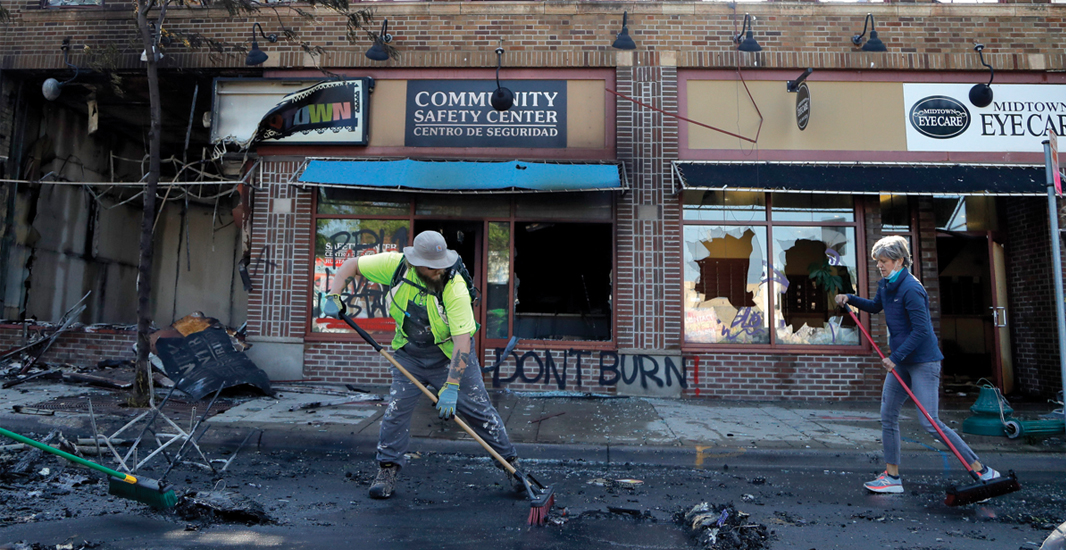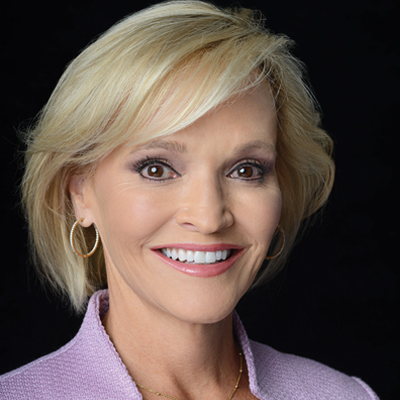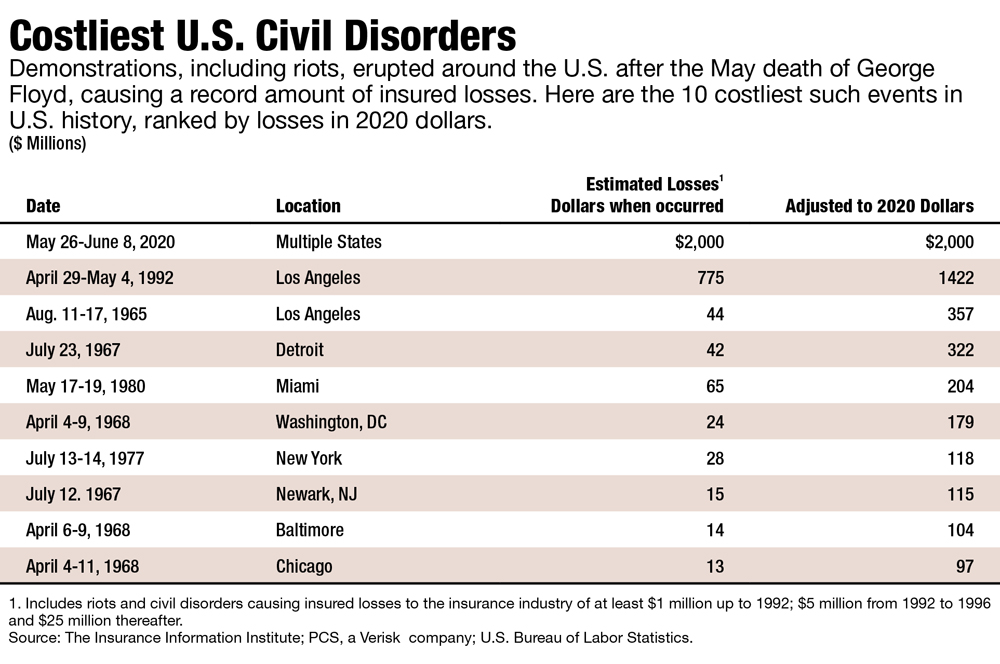How to reduce Rx costs for employees and employers
Pharmaceutical costs represent 35 to 40% of your total spend (and even a higher percentage for many of your employees) AND drug costs are increasing 15 to 25% per year so they represent the obvious component to understand.
If you have a fully insured plan, this will be a painful read. Odds are very high that you don’t have the information on what your employees take, where they buy it (CVS or mail order), if they are price conscious and what your total spend on drugs was for last year or last month. But, read below and perhaps you can get some information from your broker or ask HR what employees are complaining about.
If you have a partially or fully self insured plan, you have the information to do the following analysis. People fixate on free generics vs low cost generics but that is not your top priority. Look at the monthly prescriptions that people take every month because they represent a huge opportunity to reduce the cost to the employer AND the cost to the employee.
Pharmaceutical costs represent 35 to 40% of your total spend
Two Situations:
Ever watch the drug commercial and wonder the following comment“if you are unable to afford XYZ super drug perhaps abc manufacturer is able to provide this drug at a low cost or perhaps free!” works? The ad or announcer says just enough to confuse you. These are the Manufacturers Assistance Program-an outcome of the Affordable Care Act-that was supposed to reduce the cost of healthcare. Bottom line is that about 300 monthly prescription drugs have MAP programs that allow employees who have taxable income under a certain level (frequently 80 to 100k per year for a couple filing jointly) to receive these drugs at no cost or perhaps 5 or 10 dollars per month These prescriptions generally cost the employee 100 or more in copay per month AND cost the employee over 1000 per month. HUGE savings AND I bet your broker never explained this best practice to you BECAUSE they don’t want you to bypass the PBM supplier since that is how they get paid their commission and bonuses! Maybe some of your employees investigate with their doctor but most just get hammered by the copay and then every year you decide to increase their copay when you get the plan renewal increase.
Here is a real life example. Happened to one of our CFOs in NJ with an employee with Hepatitis C. The treatment is an 84 day/ 84 pill regimen and it works but it is not cheap. 84 pills with 84 prescriptions at 1000 per day with usually a 200 dollar a day copay by the employee. So the employee pays 16k out of pocket and the employer pays about 45k (after discount). But, our advisor ran the numbers (employee earned about 65k) and he received the pills for F R E E and the employer’s cost (fee paid to advisor) was about 15k. Employee saved 16k, employer saved over 30k and the spend was not via the plan SO it was not included in the three year spend base. Win Win (but a lose for the broker whose commission declines!). REMEMBER the fiduciary requires that the CFO has a plan that is in the best interest of the employees. A fully funded plan is NOT in the best interest of the employee and the CFO is at risk. If you don’t understand the role of a fiduciary AND the impact of Sarbanes Oxley regs on your personal exposure, get educated and manage your risk. Just for chuckles-ask your broker if their plan protects you by assuming the fiduciary responsibility.
The best practice is to engage an advisor who handles those prescriptions for your employees-they get their prescription at a zero copay which means they take the drugs and don’t cut pills in half to save money AND the employer has NO COST. Never hits your plan so there is no three year trailing cost stack and you pay the advisor a percentage of what you would have paid the PBM!
For those employees who do not qualify for the economic assistance of an MAP program, consider buying the same prescription from a Tier One (fully FDA approved) source from Canada where price competition is alive and well. The surprise is that all of the major pharma manufacturers have factories in Canada that have to meet FDA standards and have distribution networks that serve Canadian pharmacies. Canadian pharmacies can ship to a US customer if you have a partner that knows how to get your prescription to them. Keep in mind, your employee could do this and probably purchase the drug below their copay costs in some cases but they have no incentive to do that until they retire! Provide this service and the employees get their drugs in their mailbox for zero copay AND the employer generally saves at least 50% and often as much as 80%. Thank the second largest lobby industry for that control-teachers unions have more lobbyists than pharma but that is a different topic (and we don’t have a best practice on that challenge). Bottom line, two more best practices that a partially self insured healthcare plan can implement to reduce the total cost of healthcare, reduce the cost for their employees and save a lot of money in the meantime. If you don’t understand partially self insured healthcare and don’t understand risk minimization with stop loss coverage, it’s time to talk to one of our partner advisors.
Since you love examples, here are three common drugs-first is a blood thinner, second is a Type 2 diabetes treatment and third is a stress/ personality treatment.
Xarelto
PBM Plan Cost: $16.30 per pill daily (some portion paid by employee)
Best Practice Cost: $5.29 per pill (68% savings + zero cost to employee)
Januvia
PBM Plan Cost: $15.55 per pill daily (some portion paid by employee)
Best Practice Cost: $4.11 per pill (73% savings + zero cost to employee)
Latuda
PBM Plan Cost: $44.70 per pill daily (some portion paid by employee)
Best Practice Cost: $4.42 per pill (90% savings / over $1,200 per month)
Again, whether partially self insured or fully insured, ask your broker what you can do to reduce costs of high cost maintenance prescriptions. Let me know what they say.
Glad to provide information-we have examples of almost every drug that is offered in the MAP and in the International Sourcing programs. For you skeptics on international sourcing, Ohio shifted to international sourcing for all of their plans joining many large employers who have been offering it for years. It is frequently offered as an elective for the employees to reduce their costs while continuing to offer the base plan-and strong conversion happens “naturally within a couple of years”-all it takes is knowing that co workers are spending less than you are!
Finally if you happen to have a legacy dinosaur plan (fully or partially self insured) that allows a working spouse (with access to coverage but prefers to remain on “your plan”), we have a brilliant, proven solution for that-and it is a painless incentive that encourages the employees to elect to have the spouse exit your plan AND they are extremely happen to do so.





